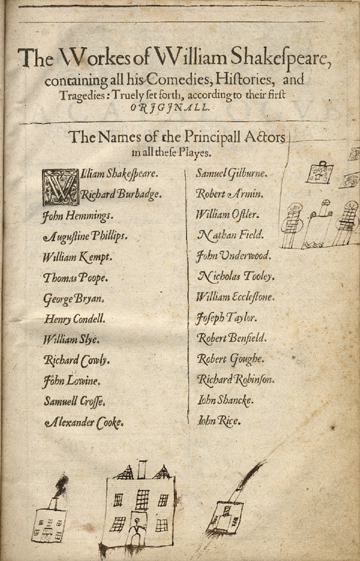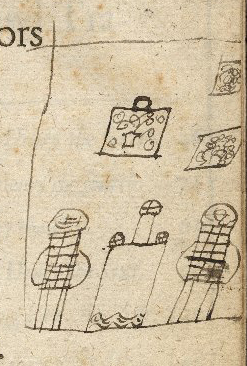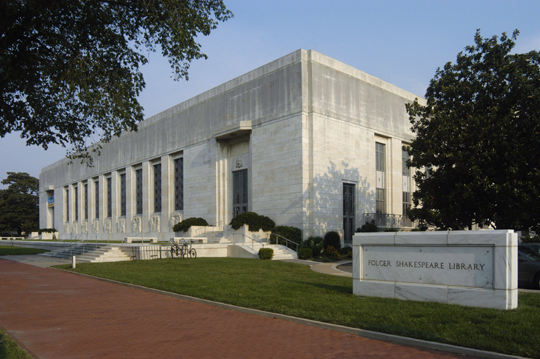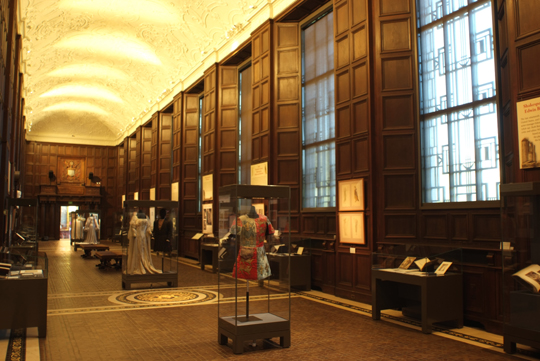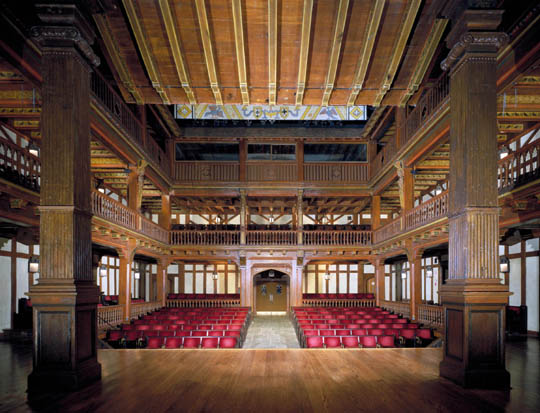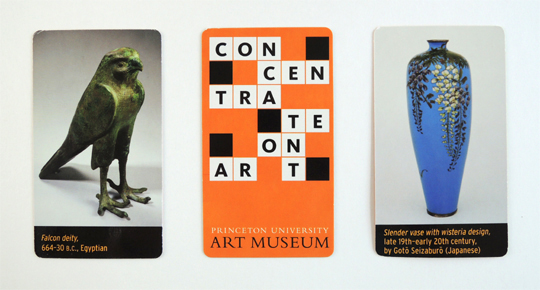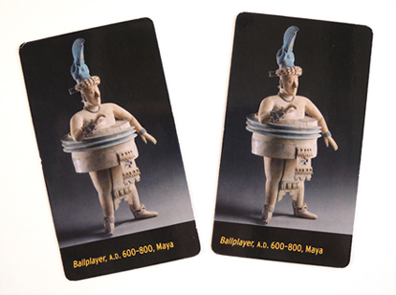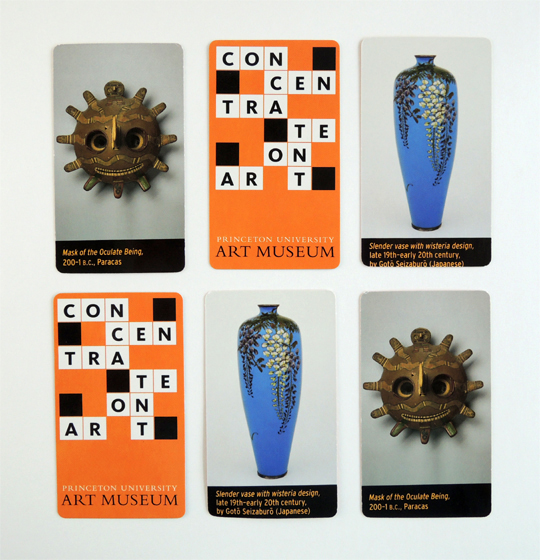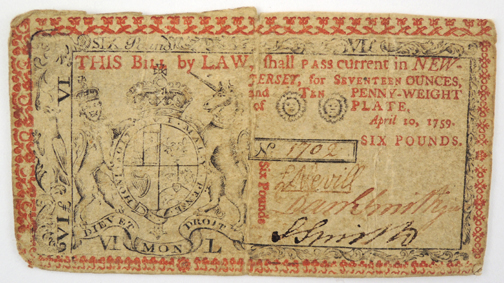
New Jersey Colonial paper money side 1, 1759
Friends, teachers, history buffs…lend me your ears! Today, I wanted to share something a little different from our creative story times,community events, and interviews. It’s related to another fantastic area of my job, Namely, working with special collections.
The Time Travel 101 program is a partnership between between our library and Princeton University’s Program in Teacher Preparation. It’s focused exclusively on the teaching of history using primary sources. The program consists of five different suitcases that contain primary sources teachers can borrow and use in their classrooms. Topics include Medieval manuscripts, New Jersey history, and WWII.
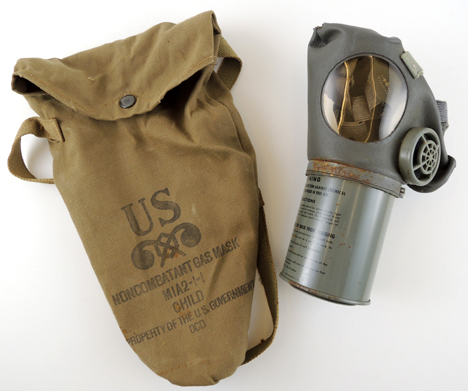
Child’s gas mask and carrying bag, circa 1940
So actual 15th-century illuminated manuscript pages go directly to local classrooms for students to hold, examine, and learn from? YES! And at no cost as well! If you’d like to learn a little more about the program, please see this excellent article by Stephanie Ramírez, Princeton University Library Communications Specialist and Staff Writer.
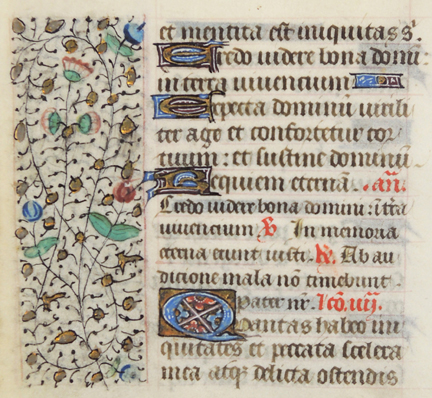
Book of Hours page, circa 1425-1450
And while the suitcases can only travel to certain local school districts, blog readers will be delighted to know that digital versions – complete with printable collections materials and curriculum for your classrooms – can be found right here on our library’s website.
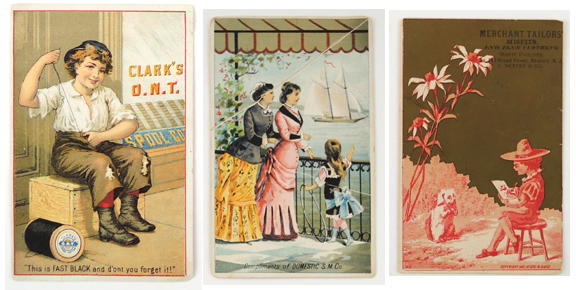
Various trade cards, late 19th century
Since Time Travel 101 launched a few years ago, we’ve been hearing great things from schools. My favorite is this e-mail, which was sent to us by a local teacher:
I wanted to give you some feedback on the Time Travel 101 suitcase. We LOVED it!!!! I was able to share it with approximately 10 teachers in grades 4-5-6. A teacher thought the suitcase lesson was too advanced for her students, but then the next day a student brought a copy of a summons for his 9th great-grandmother, accused of witchcraft! He said that he had told his parents about the suitcase, and they showed him this family artifact. He brought it to school to show the teacher and the class. I just thought this was a wonderful connection that this student made because of the suitcase lesson!
If you’re interested in some more of our special collections blog posts, you’ll find original Beatrix Potter stuffed animals here, the art of minim here, rebus puzzle cards here, a weird books post here, constellation cards here, some cool book curses here, an article about a different classroom special collections program here, and our awesome Gutenberg print history event here.
You can also jump over to Cotsen’s curatorial blog, which always has something interesting going on!

